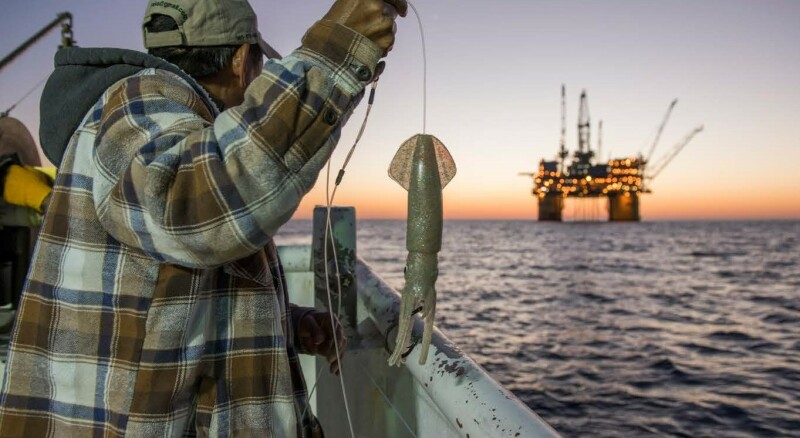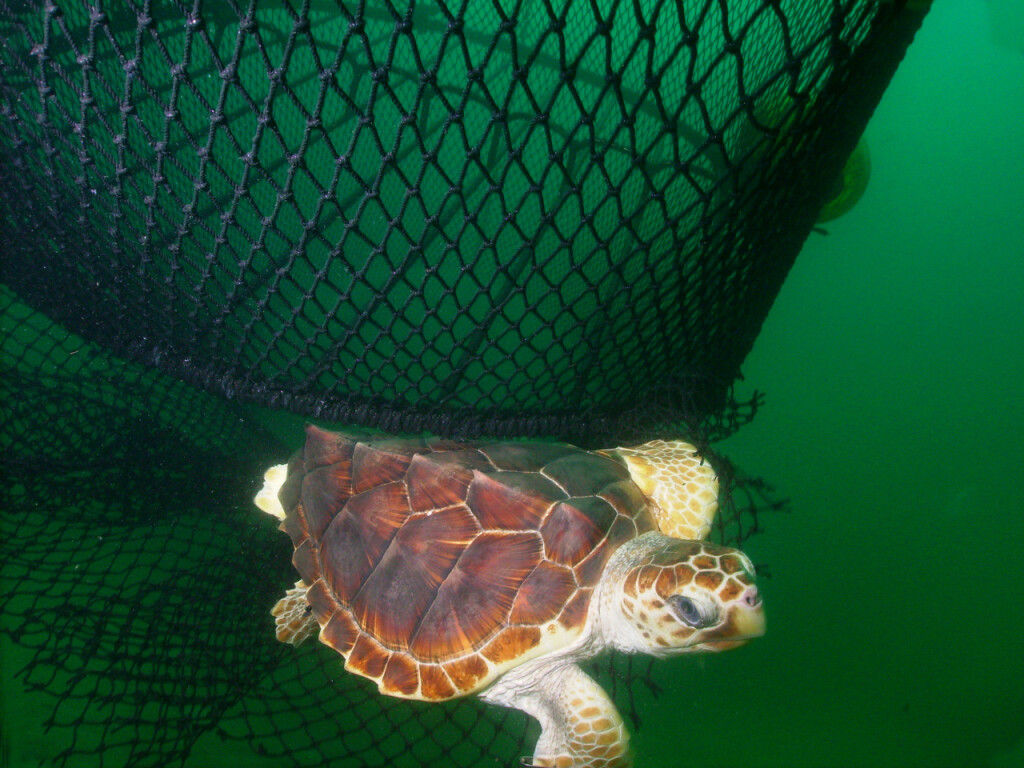During its 2022 Bycatch Reduction Week, August 22-26, NOAA Fisheries shared details of its efforts and projects to reduce bycatch in U.S. fisheries in recent years – focusing on the development, testing and adoption of gear that aids in decreasing bycatch.
It’s important, the organization notes, “to discuss bycatch reduction efforts through the lens of innovation rather than just more regulations. Preventing bycatch entirely may be impossible, but it can be managed, accounted for and at least mitigated through innovative approaches.”
How it all started: a new type of turtle excluder device
In 1970, according to NOAA, “resource managers saw an increasing number of non-targeted species being caught in commercial fishing nets,” which led them to look for concrete solutions to conserve species. One of the common victims of bycatch was a protected species, sea turtles, and that’s where NOAA started.
Although resource managers understood that if they could reduce the bycatch of sea turtles, it would be a concrete step in conserving these species, the problem was: How to do it?
NOAA’s Southeast Fisheries Science Center staff in Pascagoula, Mississippi – in the heart of the Gulf of Mexico shrimping country – began talking with community fishermen about ways to fix the problem, which led to the development of a new type of turtle excluder device (TED). Here are the details of how sea turtles contributed to help save their species
Other examples of how the agency has been working to reduce bycatch include:
- The Oceanic Fish Restoration Project, a program in the Gulf of Mexico that partners with pelagic long-line fishermen to reduce pressure on pelagic fish and to test alternative gear.
- Bycatch reduction devices that work with trawl nets.
- A new excluder device that can distinguish between pollock and salmon based on their different behaviors.
- A switch in gear in the Hawaii deep-set long-line fishery shown to improve survival of hooked oceanic whitetip sharks.
- The "Return 'Em Right" program, which helps anglers learn and deploy best practices for catch an release fishing to combat barotrauma, and provides free training and free gear to prevent bycatch mortalities.
Fishermen helping to restore fish species
One of the projects ending in 2022, the Oceanic Fish Restoration Project, concludes after five successful years, with a hopeful note: Early project data show fishermen are contributing to healthier Gulf fisheries. The Gulf of Mexico pelagic longline fishery targets highly migratory fish species including yellowfin tuna, swordfish and others. Since 2017, about half of the fleet in the Gulf has chosen to participate in the project, which is led by NOAA in partnership with the National Fish and Wildlife Foundation.
Monitoring data collected from previous project years show participating fishermen have successfully helped restore fish species in the Gulf that were injured by the Deepwater Horizon oil spill. Their participation has helped reduce fishing pressure on pelagic fish, allowing more than 20,000 fish that would otherwise have been caught, to grow and reproduce. These efforts are supporting a healthier Gulf of Mexico for generations to come.








